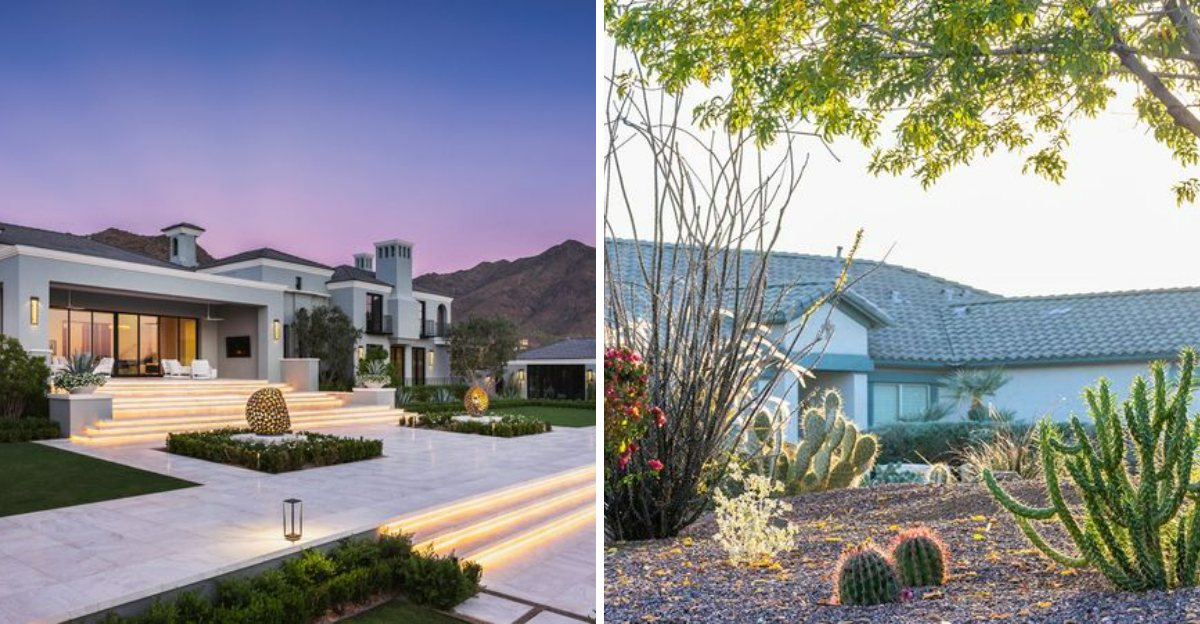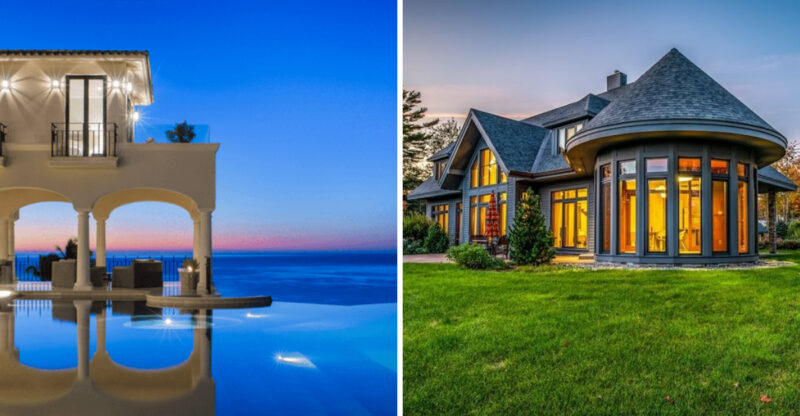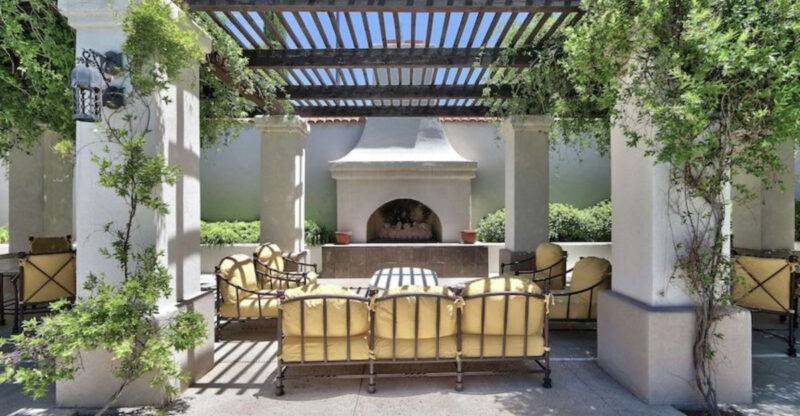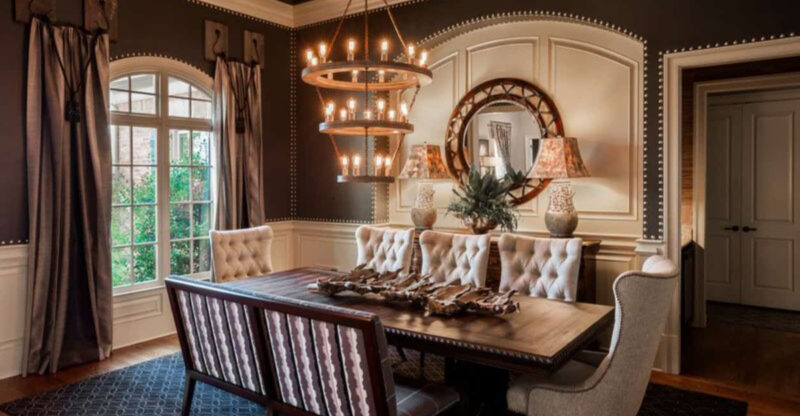10 Types Of Homes In States Like Arizona Set To Plummet By The End Of 2025

Arizona’s real estate market is facing some serious shifts. If you’re thinking about buying or selling a home in the desert, you need to know which properties might lose value soon.
I’m here to walk you through the home types that could see prices drop before 2025 ends.
1. Golf Course Properties
Living next to a putting green sounds fancy, but maintenance fees are crushing homeowners. Many golf communities charge thousands yearly for upkeep, and younger buyers aren’t interested in the lifestyle.
Water restrictions in Arizona make keeping courses green incredibly expensive. Developers are converting some into housing, which tanks nearby property values fast.
2. Older Vacation Rentals
Short-term rental regulations are tightening across Arizona cities. Phoenix and Scottsdale now require special permits that cost money and limit rental days per year.
Older vacation homes need constant updates to compete on booking platforms. Without modern amenities and fresh renovations, these properties struggle to attract guests and generate income for owners.
3. Homes With Xeriscaping Only
All-rock yards saved water during droughts, but buyers want some greenery now. Families with kids and pets prefer at least a small grass area for outdoor activities.
Resale values drop when yards look too harsh or uninviting. I’ve noticed buyers will pay more for balanced landscaping that mixes desert plants with softer elements.
4. Manufactured Homes in Older Parks
Lot rent keeps climbing in mobile home communities, sometimes faster than traditional mortgages. Park owners control the fees, and residents have little bargaining power when increases happen.
Aging infrastructure means expensive repairs for water lines and roads. Banks also hesitate to finance manufactured homes over 20 years old, making them harder to sell.
5. Properties With Outdated Cooling Systems
Summer temperatures hit 115 degrees, so air conditioning isn’t optional here. Older HVAC systems guzzle electricity and break down frequently during peak heat months.
Replacing a whole system costs $8,000 or more, which scares off buyers. Homes with ancient cooling equipment sit on the market longer and sell for thousands below asking price.
6. Subdivisions With HOA Problems
Homeowner associations with mismanaged funds create nightmare scenarios for residents. Special assessments pop up unexpectedly, forcing owners to pay hundreds or thousands for repairs they didn’t budget for.
Legal battles between HOAs and residents drive down entire neighborhood values. Buyers research community reviews online before making offers, and bad reputations spread quickly nowadays.
7. Homes Built Before 1990
Construction standards have changed dramatically over the past few decades. Homes from the 80s often lack proper insulation, efficient windows, and modern electrical systems that today’s buyers expect.
Foundation issues also plague older Arizona homes due to shifting desert soil. Repairing these problems costs serious money, and many sellers can’t compete with newer construction nearby.
8. Luxury Homes Over $1 Million
High-end buyers are pickier than ever and have fewer mortgage options available. Interest rates hit luxury purchases harder because loan amounts are massive, adding thousands to monthly payments.
Arizona’s luxury inventory is piling up as sellers refuse to lower prices. Homes sitting unsold for months eventually face steep discounts to attract serious offers.
9. Properties Near Dried-Up Water Features
Lakes and reservoirs throughout Arizona are shrinking year after year. Homes marketed as waterfront now overlook cracked mud instead of sparkling blue views that attracted original buyers.
Recreation opportunities vanish when water disappears, killing property appeal instantly. I’ve seen lakefront premiums evaporate as climate concerns make buyers nervous about long-term investments here.
10. Homes Without Adequate Insulation
Picture this: summer temperatures hitting 115 degrees, and your air conditioning bill is through the roof because your home can’t keep the cool air inside. That’s the reality for many Arizona homeowners dealing with poor insulation. Buyers today are smarter and more budget-conscious than ever before.
They’re using thermal imaging cameras during inspections to spot homes that leak energy like a sieve. Properties without proper attic insulation, sealed windows, or insulated garage doors are getting passed over quickly.






